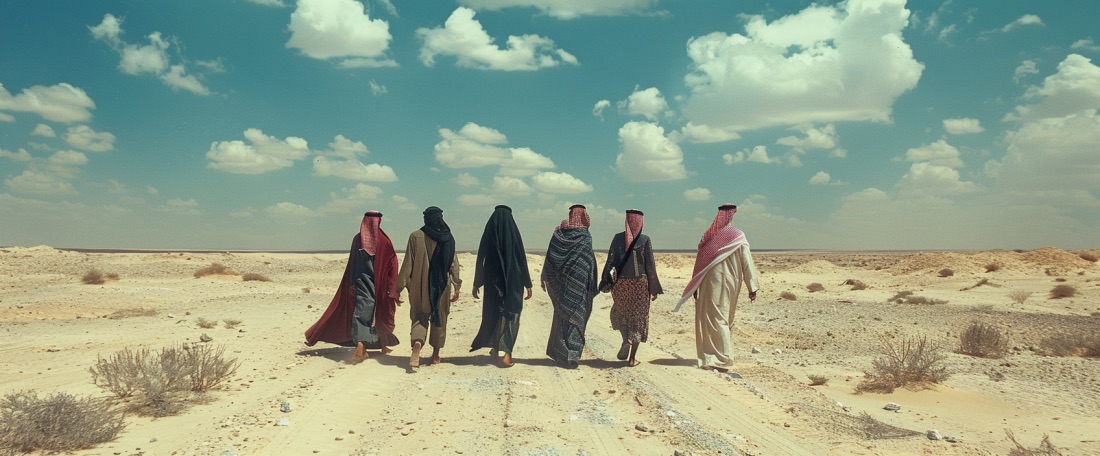Masses of Pilgrims Embark on Symbolic Stoning of the Devil in Saudi Arabia
In the holy city of Mina, Saudi Arabia, a sea of pilgrims gathered on Sunday to partake in a powerful ritual – the symbolic stoning of the devil. This sacred act marks the final days of the Hajj pilgrimage, a cornerstone of Islam, and signals the beginning of Eid Al-Adha celebrations for Muslims worldwide.
The Culmination of the Hajj Pilgrimage
The stoning of the devil is one of the last rites performed during the Hajj pilgrimage, which is considered one of the Five Pillars of Islam. Just one day prior, over 1.8 million pilgrims had congregated on the sacred hill of Mount Arafat outside Makkah, where they engaged in the annual five-day rituals of the Hajj.
Ancient Rituals and Sacred Sites
After leaving Mount Arafat, the pilgrims spent the night in a nearby site called Muzdalifa, where they gathered pebbles for the symbolic stoning of pillars representing the devil. These pillars are located in Mina, another sacred place in Makkah where Muslims believe Ibrahim’s faith was tested when commanded by God to sacrifice his son Ismail.
The Casting Away of Evil and Sin
In Mina, pilgrims will spend the next three days walking towards a complex housing large pillars, where they will cast seven pebbles at each of the three pillars. This ritual is a powerful symbol of casting away evil and sin, a central theme of the Hajj pilgrimage.
Eid Al-Adha Celebrations and Rituals
As the pilgrims complete their time in Mina, they will visit Makkah to perform circumambulation around the Kaaba in the Grand Mosque. This act, known as “tawaf,” is a significant part of the Hajj rituals. The pilgrimage coincides with Eid Al-Adha, a time when Muslims commemorate Ibrahim’s test of faith by sacrificing animals and distributing the meat to the less fortunate.
A Spiritual Journey and Acts of Renewal
Once the Hajj pilgrimage concludes, men are expected to shave their heads and remove their white garments, while women are to snip a lock of hair as a sign of renewal and rebirth. Many pilgrims will then journey to Madinah to pray in the Prophet Muhammad’s tomb, part of the prophet’s mosque, which is one of Islam’s holiest sites.
A Sacred Obligation for Muslims
The Hajj pilgrimage is a mandatory act for all Muslims who are physically and financially able to undertake the journey. It commemorates the stories of Prophet Ibrahim, his son Ismail, Ismail’s mother Hajjar, and Prophet Muhammad as detailed in the Qur’an, Islam’s holy book.
A Challenging Journey Amidst Regional Tensions
This year’s Hajj took place amidst scorching temperatures in Saudi Arabia, with Mount Arafat reaching a sweltering 47 degrees Celsius. Against the backdrop of the Israel-Hamas conflict, the pilgrimage served as a poignant reminder of the enduring faith and unity among Muslims worldwide.

